Steel pipes come in various types, including seamless pipe, ERW pipe, and LSAW pipes. Each type has unique properties and applications. Seamless steel pipes, made without welding seams, offer superior strength and uniformity. In contrast, ERW and LSAW pipes are preferred for large diameters or cost efficiency. Regardless of type, wall thickness remains one of the most critical factors affecting pipe strength and performance.
Wall thickness has a significant impact on the load-bearing capacity of steel pipes. This effect is often nonlinear; a seemingly small increase in wall thickness often leads to a significant increase in load-bearing capacity.The load-bearing capacity of steel pipes is primarily reflected in three aspects: internal pressure, bending, and axial compression. Wall thickness has different effects on each of these. Here, we summarize the impact of wall thickness on the load-bearing capacity of steel pipes.
Impact on Pressure Capacity (Internal Pressure)
This is the most direct effect of wall thickness. According to the famous Barlow's formula, the pressure capacity of a steel pipe is directly proportional to its wall thickness.
P = 2 × S × T/D
P: Internal pressure
S: Allowable stress of the steel
T: Wall thickness
D: External diameter
The formula shows that, assuming the material and external diameter remain unchanged, pressure is directly proportional to wall thickness. This means that doubling the wall thickness roughly doubles the pressure capacity. Therefore, thick-walled steel pipe is essential for high-pressure pipelines.
Impact on Bending and Compressive Capacity (External Forces)
When steel pipes are used as structural components to withstand bending or axial compression loads, the influence of wall thickness is particularly critical. In this case, load-bearing capacity is primarily determined by the moment of inertia of the cross section, and the relationship between moment of inertia and wall thickness is more complex.
The formula for calculating moment of inertia is: I = π/64(D₄ − d₄)
D: Outer diameter
d: Inner diameter
Since d = D − 2T, as wall thickness T increases, d decreases, resulting in an exponential increase in the value of D₄ − d₄. This means that a small increase in wall thickness can lead to a significant improvement in bending and buckling resistance.
For example, at the same outer diameter:
Increasing wall thickness from 3mm to 4mm, while only increasing cross-sectional area by approximately 30%, increases bending resistance (moment of inertia) by approximately 32%.
Increasing wall thickness from 5mm to 6mm, at the same outer diameter, may result in an even greater improvement in bending resistance (moment of inertia).
Impact on Overall Stability
For long, slender steel pipe columns, wall thickness is crucial for their ability to resist buckling. Buckling is a form of instability in compressive components, and thin-walled steel pipes are more susceptible to buckling under compression. Increasing wall thickness can effectively improve the stiffness of the pipe, making it more stable under compression and significantly enhancing its ultimate load-bearing capacity.
Summary
Wall thickness has a significant impact on the bearing capacity of steel pipes, exhibiting different nonlinear relationships depending on the load type:
When subjected to internal pressure, the bearing capacity is essentially proportional to the wall thickness.
When subjected to bending or compression, the bearing capacity is highly correlated with the moment of inertia. A small increase in wall thickness can result in significant increases in strength and stiffness.
Therefore, in engineering design, accurately selecting wall thickness is a key step in ensuring structural safety, cost-effectiveness, and reliability.






 English
English Español
Español بالعربية
بالعربية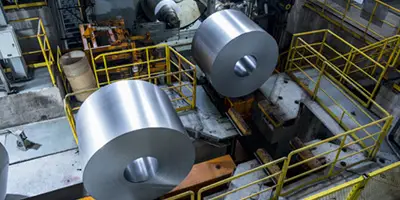

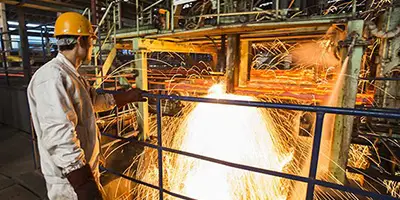
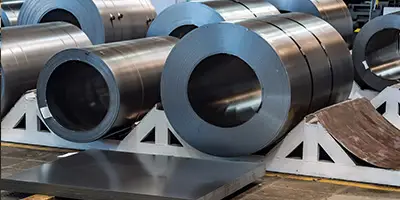

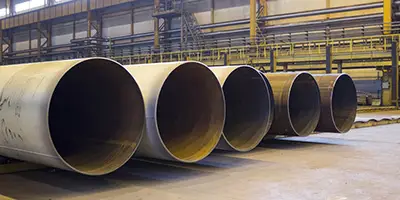
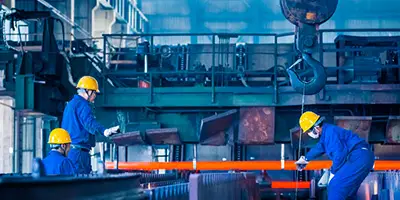
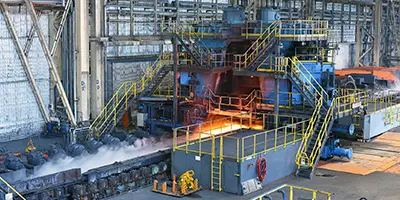
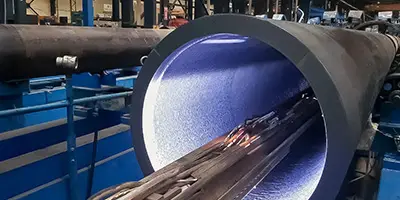
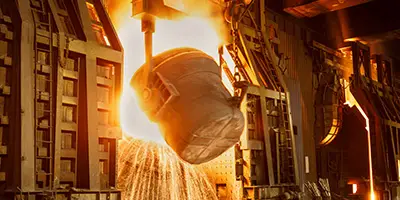

 Phone :
Phone :  Whatsapp :
Whatsapp :  Email :
Email : 


